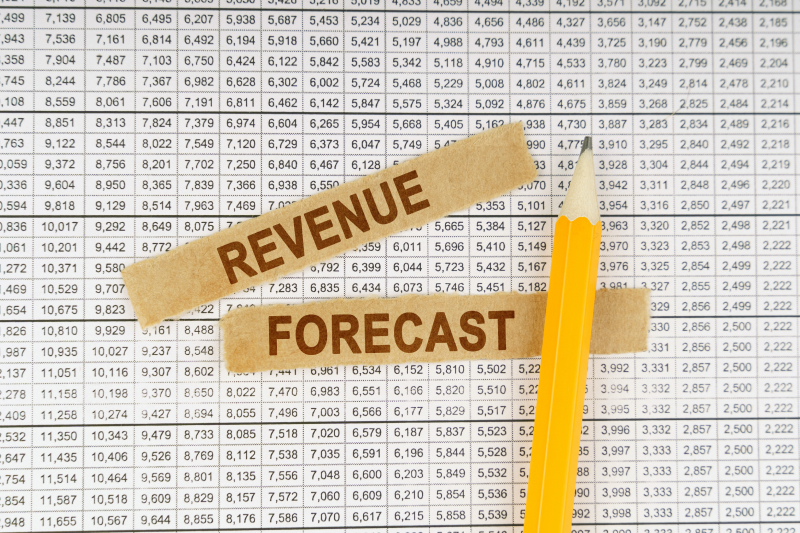Usage-Based Pricing in Customer Satisfaction & SaaS Growth
5 min read
The rise of usage-based pricing models has significantly changed the software-as-a-service (SaaS) market. The SaaS industry has transformed with the emergence of usage-based pricing. Keep reading to find out more about the dynamic billing platform for usage-based pricing models, its benefits, challenges, and the importance of new SaaS metrics.
A Comprehensive Guide to the Basics of Usage-Based Pricing
Usage-based pricing, often known as “Pay-as-you-Go,” represents a dynamic pricing mechanism that is gaining popularity as companies move away from traditional software licensing and towards subscription-based business models. This method benefits all parties by charging clients according to how much of a SaaS service or product they use.
Usage-based pricing enables customers to make payments only for the services they consume, offering flexibility and cost management by balancing expenses with value. This concept appears to be very helpful for companies with variable consumption requirements or unpredictable patterns of demand. Customers pay based on their unique consumption levels rather than fixed costs for predetermined resources, guaranteeing they are only billed for the value obtained.
Committed and non-committed use may be combined in usage-based pricing variations. Customers might, for instance, have a contract that includes a base allocation of data as part of the monthly charge. If customers go beyond this limit, they can incur extra fees for each additional GB spent, possibly in tiers if consumption exceeds specific thresholds.
Usage-based pricing examples in B2B
The content below is based on insights from the renowned metering and user-friendly billing platform, Togai. Usage-based pricing is flexible and has applications across a range of B2B industries.
- Telecommunications services- Charges for these services are based on consumption metrics such as data usage, text message volume, or voice call minutes.
- Cloud computing services- Customers are charged for computing resources (storage, virtual machines, and bandwidth) based on real consumption, which aligns pricing with usage.
- Data analytics platforms- Access to useful insights is made more affordable by pricing based on the amount of data analyzed or processed.
- Email marketing services- Prices are determined by how many emails are sent or how extensive a contact list is, which aligns costs with email marketing requirements.
Understanding SaaS Billing Solutions
In the context of usage-based pricing, it’s essential to comprehend the role of SaaS Billing solutions. SaaS Billing solutions play a pivotal role in enabling this dynamic pricing model.To know more see here (https://www.togai.com/blog/need-for-saas-billing-software/)
These solutions empower businesses to streamline their billing processes and efficiently charge customers based on their actual usage. By implementing SaaS Billing solutions, companies can enhance the accuracy and transparency of their billing methods, ultimately resulting in a better customer experience.
An Overview of the Advantages & Challenges of Usage-based Pricing
Client benefits
- Scalability and flexibility- Usage-based pricing allows consumers to quickly modify their consumption to meet changing needs and respond to shifting market conditions without being constrained by set subscription plans.
- Cost-optimization- Usage-based pricing enables customers to save costs by only paying for the items and services they actually use. As a result, using SaaS becomes more affordable, and there is no longer a need to spend money on things that are not used or are used rarely. Companies may match costs to actual consumption, improving cost optimization and increasing the effectiveness of resource allocation.
- Transparency- By relating prices to actual usage, usage-based pricing fosters transparency and creates a fair system of pricing where customers pay proportionately for the value obtained.
SaaS providers benefits
- Improved customer retention- Usage-based pricing strengthens client connections by giving personalized solutions that increase happiness and loyalty. This results in improved customer retention.
- Growth in revenue- Using usage-based pricing creates additional revenue sources for SaaS providers. Pricing that is in line with consumer utilization enables providers to capture more value, resulting in more income.
- Market competitiveness- Usage-based pricing distinguishes providers in the competitive SaaS industry by providing flexible pricing alternatives, drawing in new clients, and expanding their market share.
Potential obstacles and considerations
Although usage-based pricing has several advantages, there are some difficulties to consider.
- Customer education- It is essential to convey the latest pricing model’s advantages and match them with consumer usage patterns. Assistance from subscription management professionals can help with client education and support.
- Complexity in pricing structures- Putting usage-based pricing into place and monitoring it can be difficult, requiring careful evaluation of subscription management and pricing tiers.
- Cost-value balance- It’s crucial to strike the correct balance between value, market, and cost competitiveness. Subscription management experts can offer guidance in determining the best price plan.

Business Insights & Revenue Predictability With Usage-Based Pricing
Usage-based pricing gives SaaS providers useful information on client usage trends, facilitating a more profound understanding of client behavior, product optimization, and well-informed choice-making.
Businesses can gather comprehensive data on customers’ engagement with their products or services by deploying usage-based pricing structures. Data analytics and insights enable customized product offerings to better suit client demands by identifying usage rates, peak usage times, and trends.
Additionally, customer behavior analysis influences resource allocation, pricing strategies, and capacity planning by finding chances for cross-selling, upselling, or offering new services based on usage patterns and preferences. Usage-based pricing balances costs and benefits and makes data analytics and business-enhancing insights available.
Adopting new metrics in a usage-based pricing model is essential to preserving revenue predictability. EMRR (Estimated Monthly Recurring Revenue), usage revenue, and historical usage revenue trends are three crucial variables to take into account.
- EMRR (Estimated Monthly Recurring Income): Based on a client’s initial booking, this booking-based measure estimates the monthly income the customer is anticipated to produce. EMRR aids in forecasting and revenue projections.
- Usage revenue: This indicator, which reflects actual revenue derived from usage data, shows the relationship between client usage and revenue, making it easier to plan and report on finances accurately.
- Historic usage revenue trend: Examining usage revenue patterns over time offers insights into consumer behavior, the effects of seasonality, and market dynamics, guiding strategic actions, pricing plans, and expansion plans.
This information improves the predictability of revenue, improves pricing strategies, and efficiently manages cash flow within a usage-based pricing model.
Wrap up
Modern subscription management tools are transforming the implementation of usage-based pricing in the SaaS sector. These platforms transform how users consume software services, benefiting users and service providers. The subscription management platform gives companies the resources to successfully adopt and oversee usage-based pricing models that match prices to real usage.
With this strategy, customers’ costs are minimized, and providers’ prospects for revenue development are unlocked. Most important of all, with its affordable, adaptable, and transparent solutions, usage-based pricing is positioned to continue changing the SaaS market. These solutions are advantageous to both businesses and their clients.




